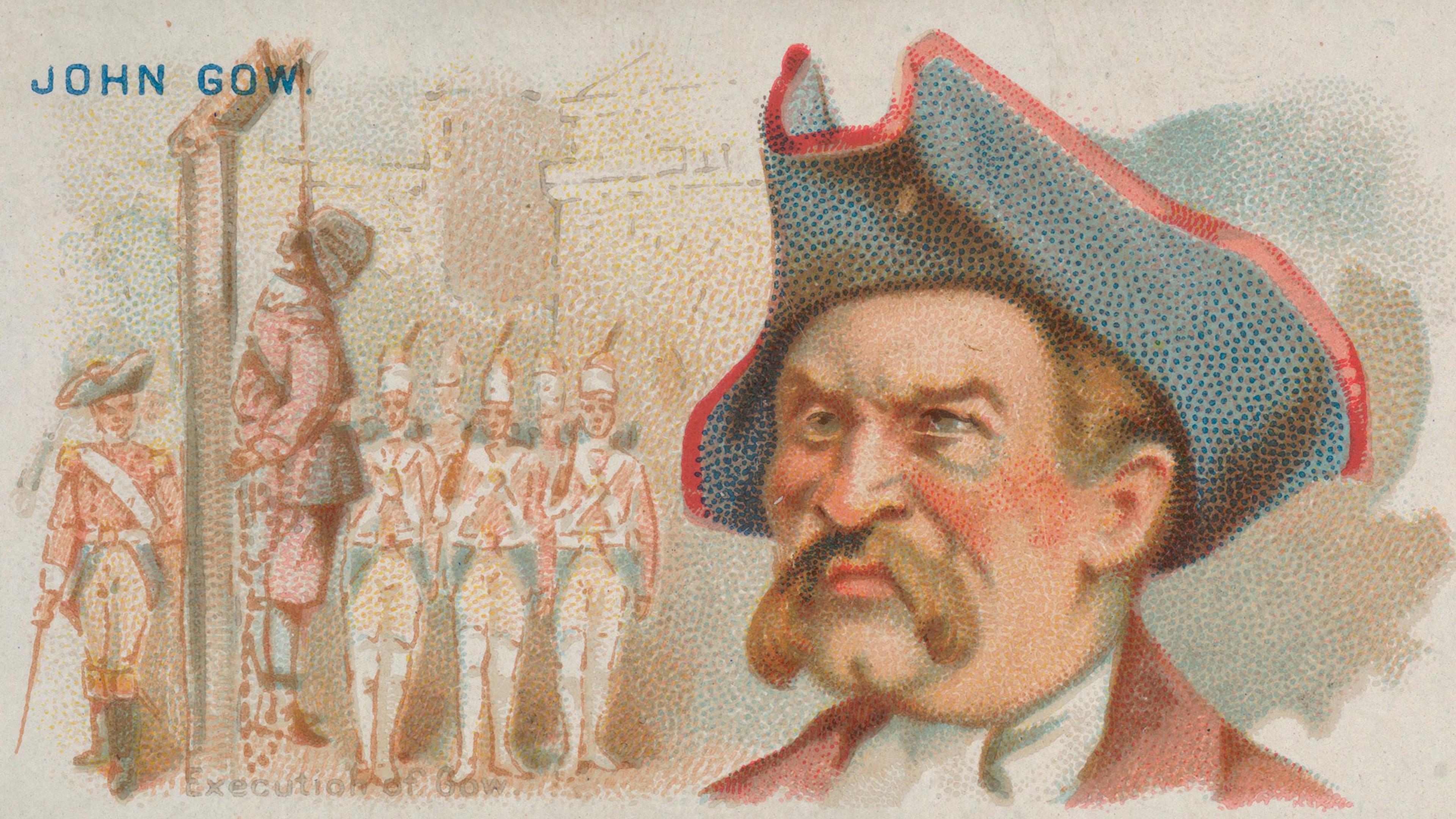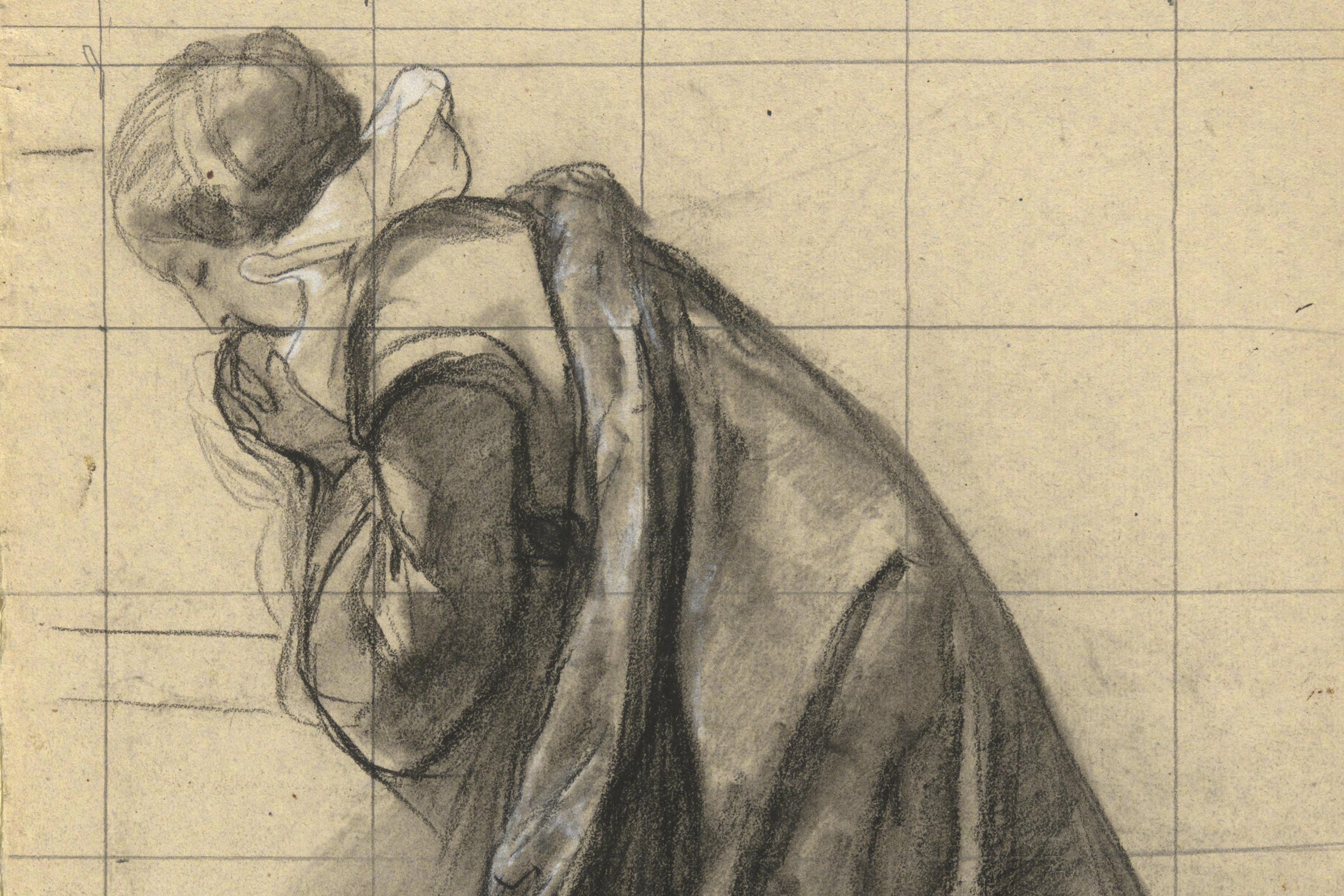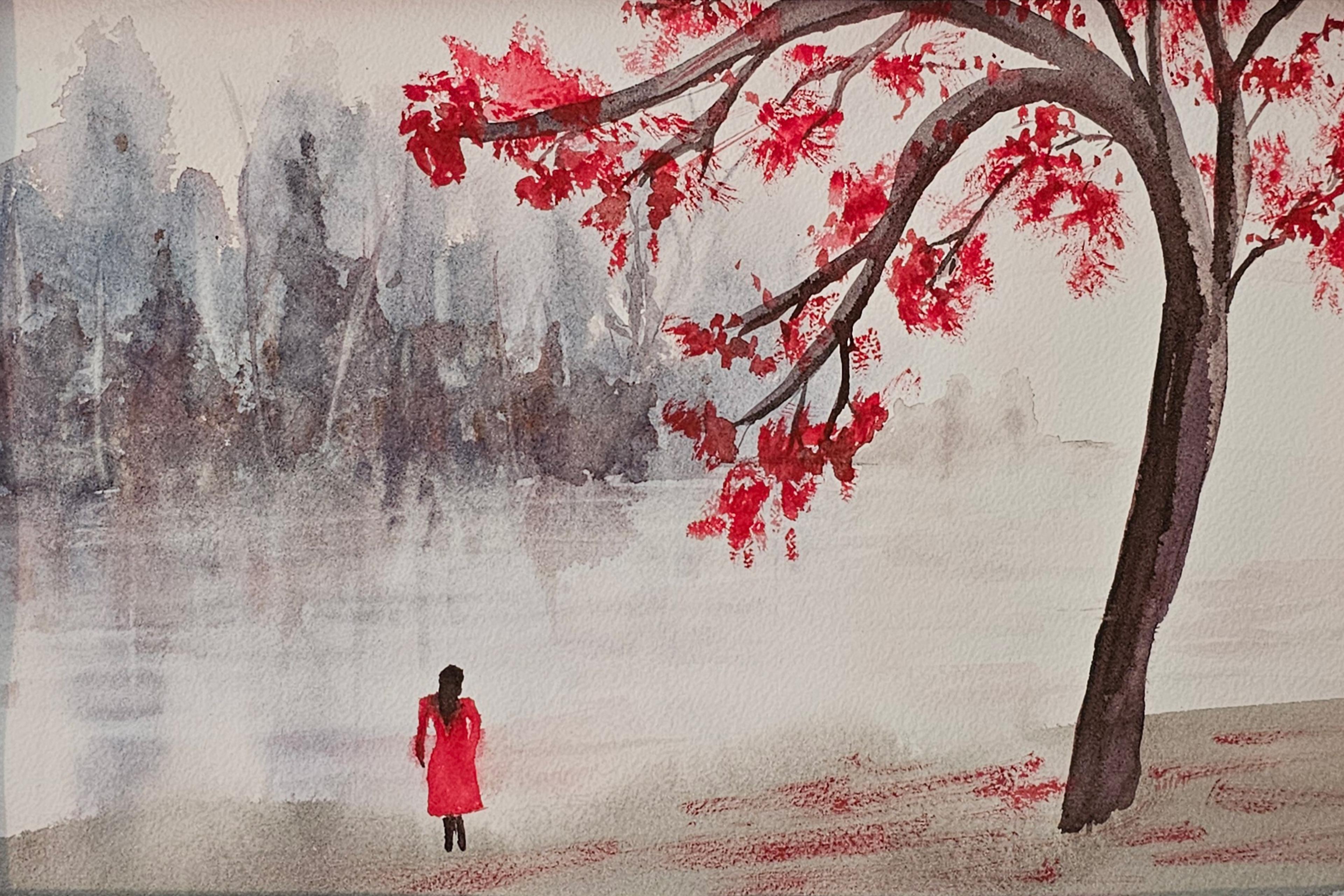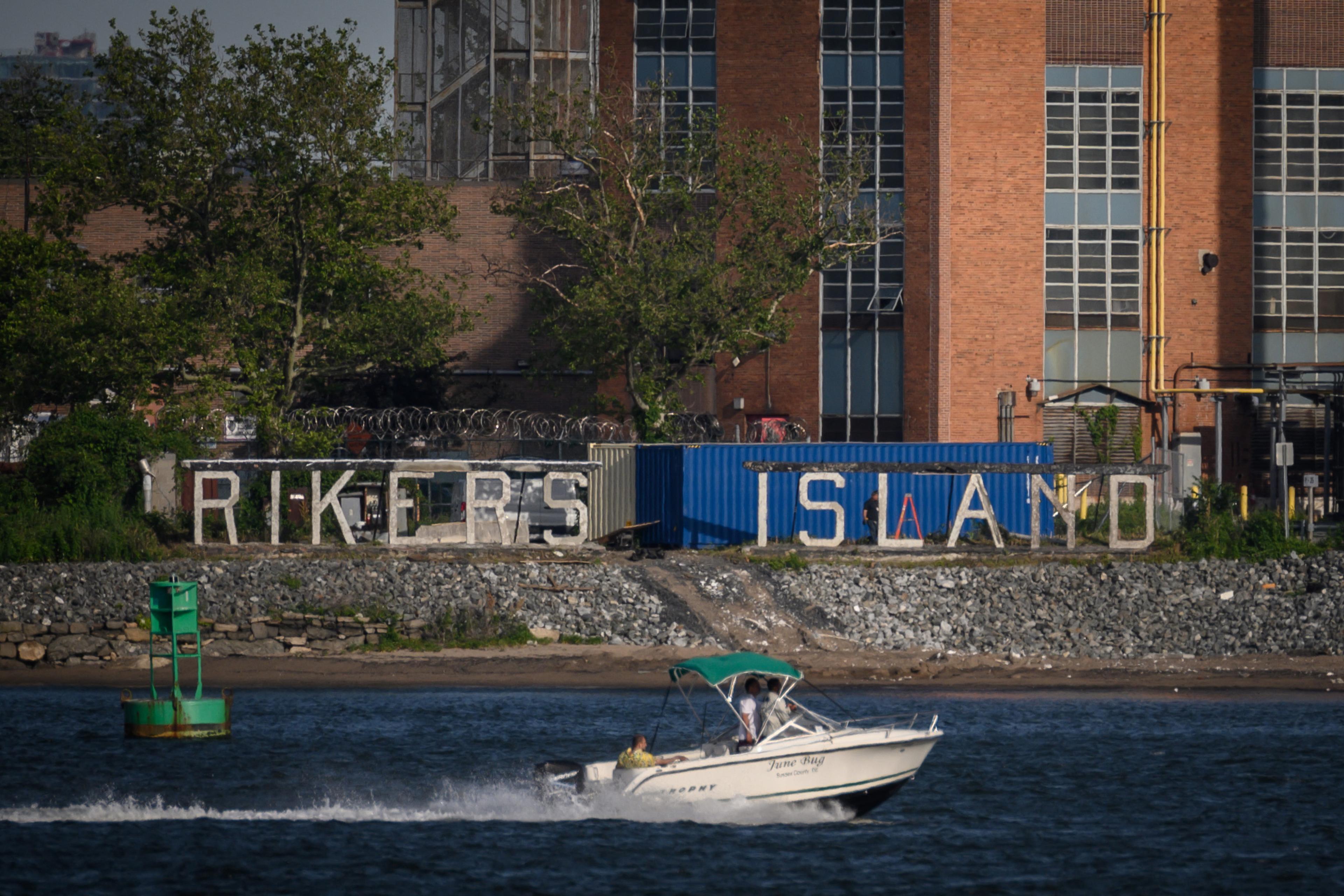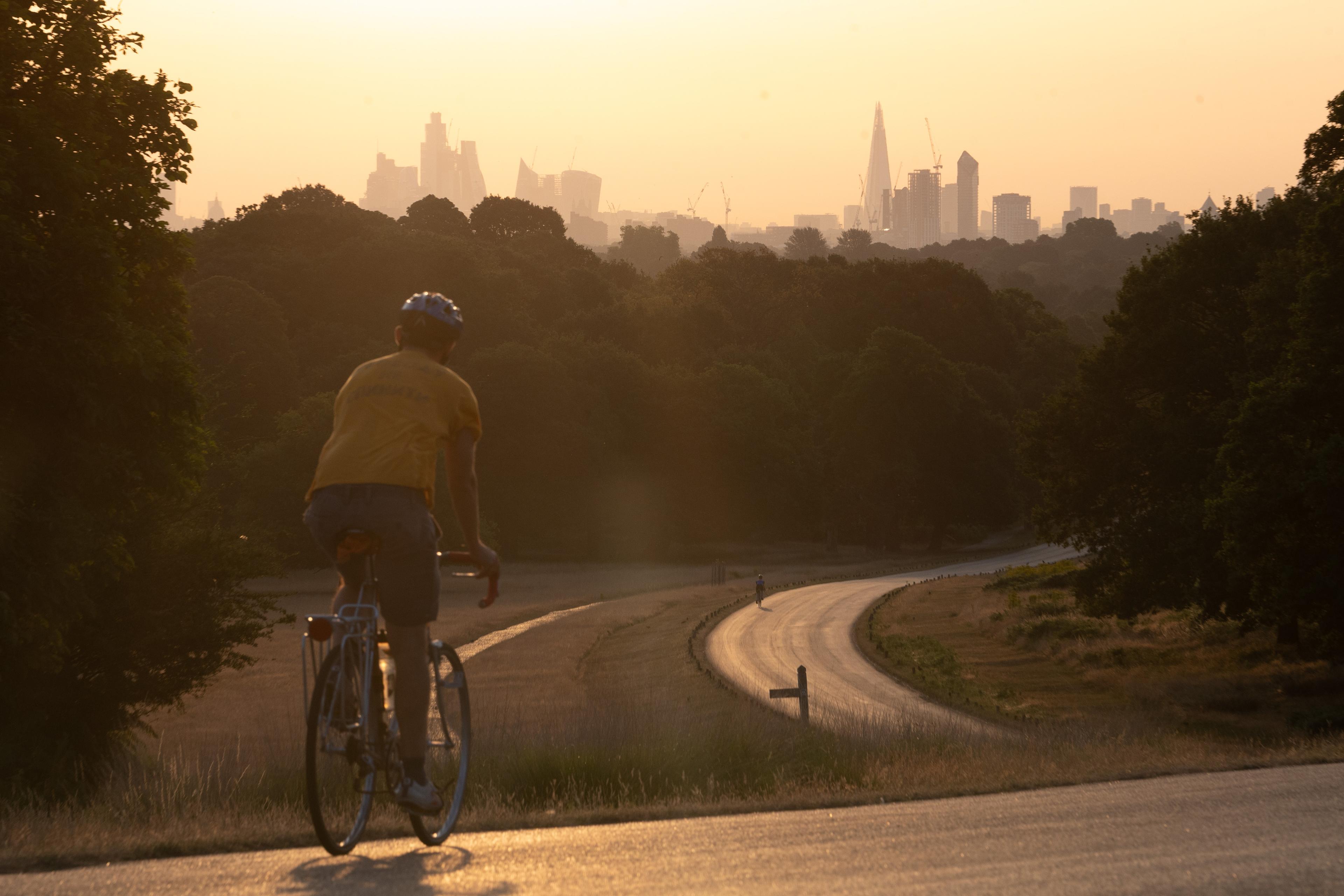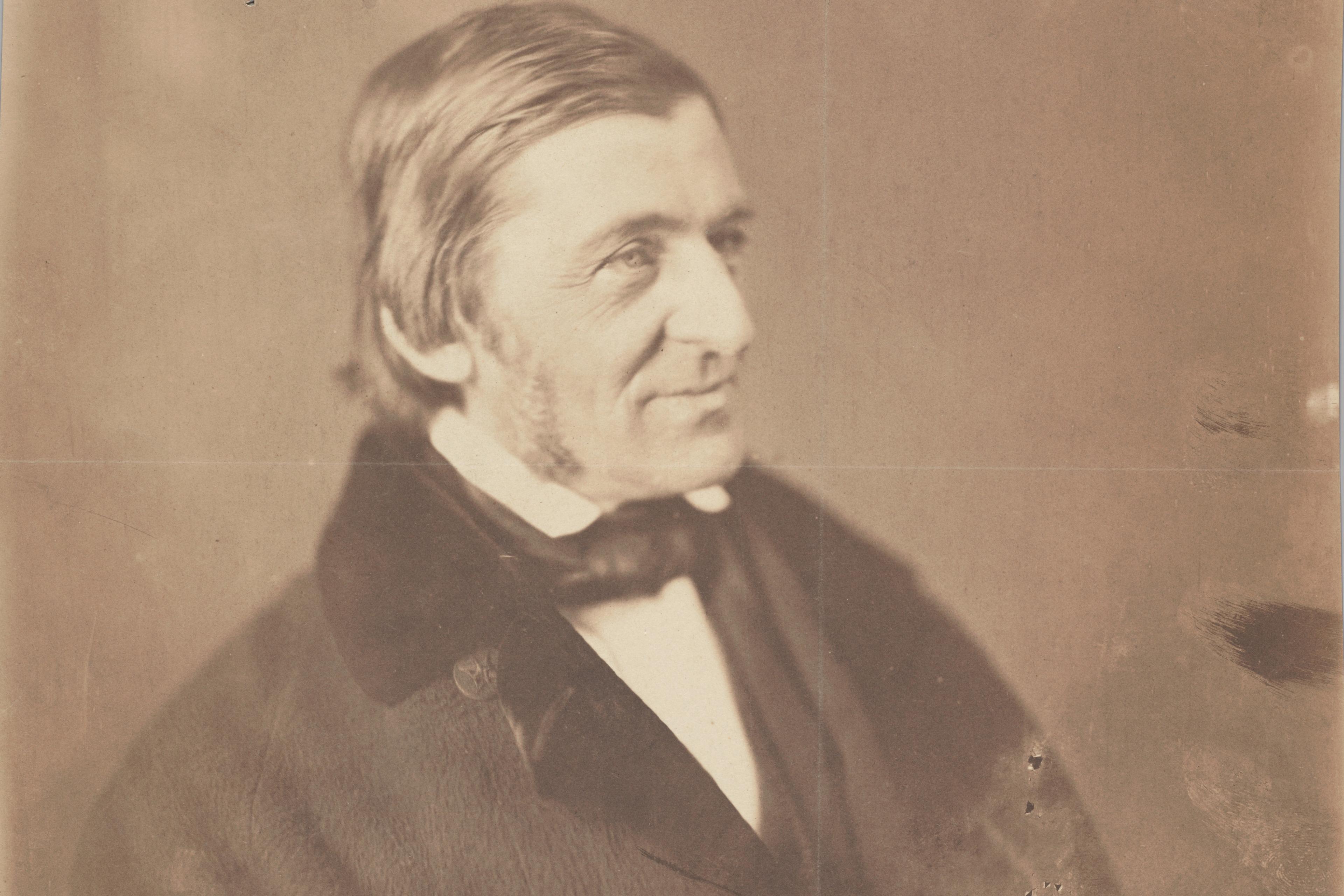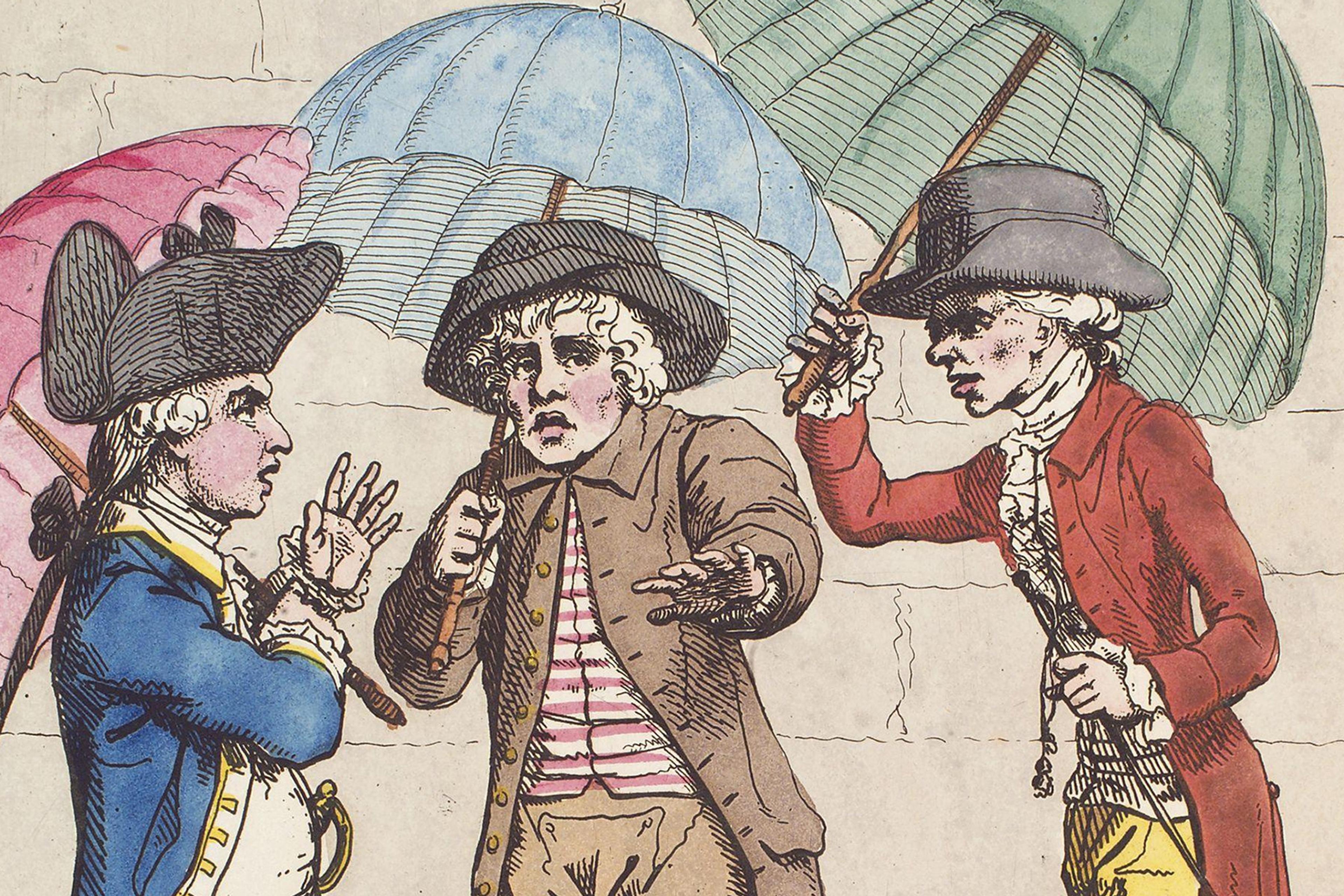During the 17th and 18th centuries, the British established themselves as the reigning colonial power in the Caribbean and North America. They fought against Spain to win Jamaica. They annexed New Netherland from the Dutch and renamed it New York. The Royal Navy and maritime merchants became the bedrock of Empire, and success depended on maintaining supremacy of the sea. That made one factor above all a constant threat: the ships, large and small, that harassed and plundered His Majesty’s navy. The law named them pirates.
Pirates were young men – the vast majority under the age of 30 – who chose to sail for themselves, rather than for merchant marines or the state’s navy. Their goal was to rob ships on the high seas to get wealthy fast. If they succeeded, these penurious and ill-educated men had an option rare in their times: to retire early. Born into poverty with few possibilities, piracy was always a tempting option. But the risk, beyond sailing tempestuous seas in small wooden boats, was simple and brutal: they faced certain death by hanging if they were captured by maritime authorities. Yet this did not stop them. In the Golden Age of Piracy (1650s to 1730s), young men joined the ranks of the pirates in droves.
In many ways, a pirate’s life was better than a legitimate career on a merchant ship or in the Royal Navy. Merchant and naval ships were crowded, and stocked with inadequate food and dirty water. Diseases such as scurvy, which turned sailors a sickly yellow before killing them, ran rampant. Pay was minimal and often withheld in order to prevent desertion. Punishments were harsh and capricious: whippings, imprisonment below deck, and even hangings were standard fare in the Royal Navy. Injuries often led to infection, which could result in gangrene and amputation. Unlike merchant ships, naval ships were manned by sailors who were forced into their line of work as punishment for crimes. And landlubbers constantly ran the risk of impressment, so young men had to try hard not to inadvertently end up on one of His Majesty’s dreadful wooden ships. Piracy was one way to do so.
A pirate ship offered a much healthier environment. These were egalitarian communities in which the crew could nominate and vote in their captains – or indeed vote them out if they demonstrated poor leadership. Food was much more plentiful and nutritious because plundering ships provided them with more supplies, along with valuable goods. And one of the best things about being a pirate was the fair pay. Loot was divided up evenly between the crew. Payments were not withheld, which gave pirates more freedom and security to spend money on land for themselves or their families. Injuries were frequent, but pirates were compensated. The loss of an eye could yield payment of £150, while losing a limb could be worth between £400 and £600.
Pirates also formed tight-knit communities that welcomed sailors from all walks of life. They weren’t loyal to any particular country. Instead, they thought of their ship as their nation. The crews were diverse with about half of them being British or American males while the rest were usually French, Spanish, Dutch, African or even Asian. Africans, either freed or escaped enslaved people, could find work or safe haven on a pirate ship. Religious minorities could also join without the fear of persecution, seeing as pirate ships were not generally bastions of Christian purity. There were very few women on pirate ships, though some, such as Anne Bonny and Mary Read, developed a significant role within the crew. Compared with the Royal Navy, piracy seemed like a good option. But the risks prospective pirates had to weigh were drastic.
Pirates knew their lives on the high seas were brief. On average, pirates lasted in their chosen career for only two years before they died by illness, injury or execution. Illness and injury were to be expected on the high seas. It was the formidable risk of capture and execution, however, that most distinguished the life of a pirate from their legitimate counterparts.
When a pirate was captured at sea, he was sent back to London to await trial within the dismal walls of Newgate Prison. Cells were overcrowded and freezing cold with no drainage system, leaving inmates in the company of their own waste. Pirates became ill due to the damp and unsanitary conditions. Only those who had sympathetic family or friends willing to buy them food and blankets might have a slightly less miserable experience. Once taken from their cell, the trial was short and beside the point: they were inevitably found guilty and sentenced to death. They were then hanged at a place called Execution Dock on the banks of the Thames, the river symbolising the place of their crimes.
The public executions of pirates were intended to be slow and agonising torture. The noose was shorter than normal, which caused them to die by strangulation rather than a broken neck. Their death could take as long as nearly an hour in some cases, all the while their limbs jerking uncontrollably in a motion known as the Marshal’s Dance. Perhaps worst of all was the knowledge that they would leave their family destitute and socially ostracised. Few wanted to be associated with the families of dead pirates.
It is from within the grey walls of Newgate Prison that we’re afforded a glimpse of what the pirates thought about their lives. In part, we have to thank the Ordinary of Newgate for this. The Ordinary was not a priest, but a chaplain of the prison who offered spiritual counsel. It was an unusual job. In order for someone to be appointed as an Ordinary, he had to have already obtained rights to be able to publish an account of prisoners’ last dying speeches, their behaviour on the scaffold, along with the condemned man’s life story. These would then sell at an affordable price of three or six pence. Initial printings could run into the thousands, which would earn the Ordinary up to £200 pounds a year (nearly £22,000 in today’s currency). Beyond profit, the purpose of these publications was to warn about the consequences of becoming a pirate. Piracy was extremely lucrative for the Ordinary of Newgate given the enormous popular interest in the lives of those who took to the seas.
One such typical pirate in the care of the Ordinary was a young man named Walter Kennedy. The day before his scheduled execution, Kennedy appeared to be ready to die. He proclaimed that he’d made his peace with God. He said he was glad he had only a wife to leave behind rather than both a wife and children so he wouldn’t be leaving her in further debt and grief. But the next day, as death stood before him, Kennedy descended into a panic knowing that he’d soon endure the Marshal’s Dance. The Ordinary described him as ‘extremely terrified and concerned at the near approach of death’ and begged for water at the scaffold. Terror followed the apparent acceptance of death as its reality became certain.
According to accounts from the Ordinary of Newgate, this terror often abated upon the scaffold. The condemned became reconciled with their end. The Ordinary offered counsel and prayer to pirates, and found them to be penitent, repentant and ready to accept their fate. In the end, Kennedy managed to compose himself and give his last dying speech. Like many others, his concern was for his family. He urged people not to judge his wife for his actions, for she’d always admonished him for his ‘vices’. His crimes were his, and his alone.
We also have a few letters written to loved ones. These strike similar notes as the accounts of the Ordinary: some mixture of fear, acceptance, followed by a kind of reconciliation with death that left only concern and sadness about those they were forced to leave. One such widowed pirate captain was William Lawrence. He had placed his children into his mother’s care before setting off to sea. In the moments before his death, all he cared about was the welfare of his children and his mother. At the core of his last letter to her, he implored his mother to ‘be father and mother, as well as grandmother, over my dear and tender infants, in whom I hope God may grant such honest principles and morals in their hearts’.
Another young pirate, Captain Joseph Halsey, who found himself facing his execution chose to not give the customary speech. Instead, he wrote a letter to his mother in an attempt to ease her soul and her grief for her son’s impending passing. He insisted that he was innocent and therefore hoped that God would grant him rest. Halsey wrote that he hoped his siblings would live virtuous lives in the fear of God but, most strikingly, he ended his letter with these words of comfort and sorrow:
I am very sorry mother, to think that I should be called so soon out of this world by an untimely end, for I had always hope of helping you, and should have done very well, had it not been for these [other pirates]. It has cost me all my wages, venture, and life. Don’t make yourself uneasy, for it cannot be helped. I’ll send you home my shirts, buckles, and hat. Remember me…
